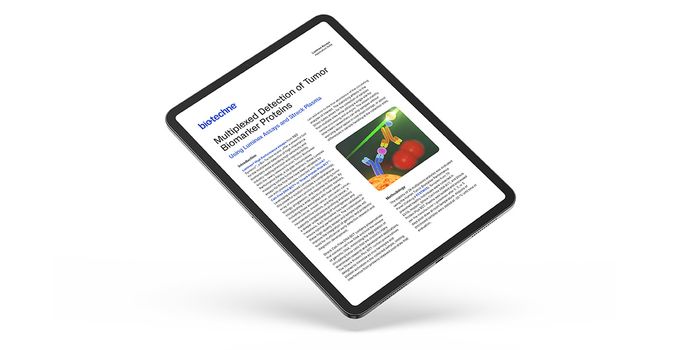How the Immune System Determines Friend From Foe
It is the immune system’s duty to distinguish between helpful and harmful bacteria. Thanks to millions of years of humans and bacteria evolving in tandem, several bacterial species perform beneficial roles in the human body, and the immune system has to know when to leave them alone. In a new study from New York University, scientists investigate the mechanism behind the immune system’s decision process and the consequences that occur when the wrong choice is made.
The immune system had to learn to recognize helpful bacteria and differentiate them from bacteria that cause disease. However, sometimes bacteria can be helpful in some situations and harmful in others as a result of a tipping of the body’s natural balance. The bacteria that play on both sides of the fence are called “pathobionts.”
The existence of pathobionts makes matters worse, because the immune system has to learn both the basics of telling friend from foe and to recognize when a bacterial species that is normally a friend is turning into a foe.
If unsuccessful, the immune system could either mount an unwarranted immune response that damages the body’s own cells and tissues instead of invading pathogens or fail to respond to a dangerous infection, leaving cells and tissues vulnerable.
In the new study, NYU researchers analyzed the mechanism in the immune system responsible for deciding whether or not to tolerate a particular type of bacteria. There is a similar mechanism in mice when they are exposed to a bacterial species called Helicobacter hepaticus, a species of bacteria that may or may not be helpful but definitely can be harmful, causing inflammatory bowel disease and hepatitis.
Two types of T cells work together to control the immune response to H. hepaticus, T helper 17 (Th17) cells and regulatory T cells (Tregs). First, bacteria produce molecules that trigger the immune-based production of Th17 cells. A magnified inflammatory response ensues. Tregs enter the picture to make sure the inflammatory response doesn’t go overboard.
In theory, specific pairs of Th17 cells and Tregs work to control specific pathobionts, like H. hepaticus. Tregs are able to dampen the Th17-directed inflammatory response, providing tolerance to bacteria deemed to be beneficial, not a threat. Dysfunctional Tregs are linked to conditions like inflammatory bowel disease (IBD), when they provide either too much or too little tolerance.
With a better understanding of the relationship between Th17 cells and Tregs from the present study, researchers believe that developing a mouse model lacking Tregs could identify the specific bacterial species responsible for IBD.
Lead author Dan Littman, MD, PhD commends the findings of the present study as “clarifying the mechanisms that help the body manage the risk of keeping potentially dangerous, but often useful, bacteria around.”
The present study was published in the journal Nature.
Sources: Mucosal Immunology, NYU Langone Health/NYU School of Medicine









